haptics
Latest
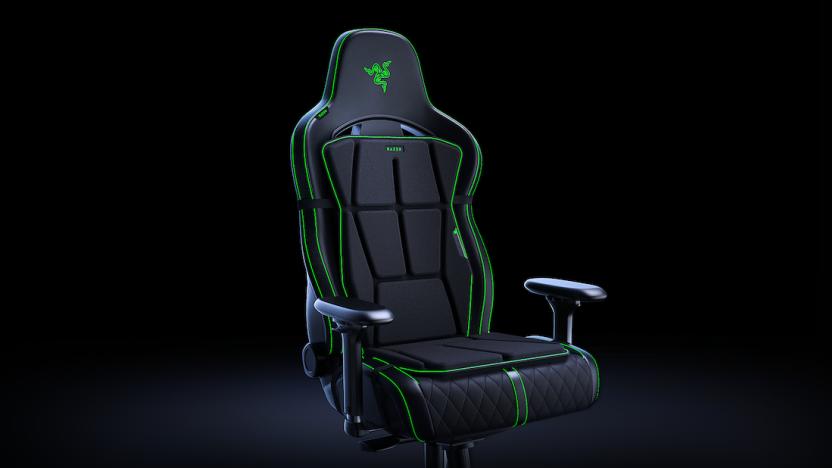
Razer is bringing the world's first HD haptics gaming chair cushion to CES 2024
It has 16 haptic actuators and is compatible with most chairs.

Qualcomm is working to bring advanced haptics to Android
Qualcomm is partnering with Lofelt to develop advanced haptics tools for Android.
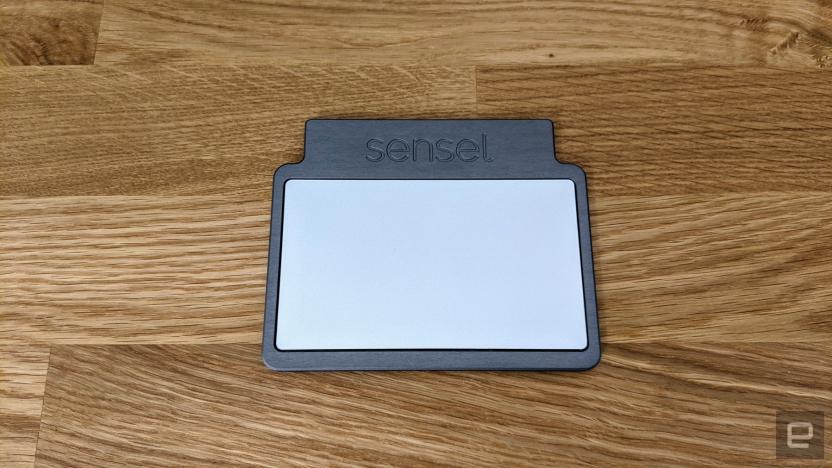
Sensel's touchpad tech could bring realistic haptics to Windows laptops
Sensel wants to bring its shape-shifting touchpad to laptops.

Valve tests wireless rumble support for the DualSense in Steam
There’s good news if you’re trying to use Sony’s new controller to play PC games.

Skullcandy’s Crusher Evo headphones are even better at rattling your brain
Skullycandy's Crusher Evo wireless headphones pack 'more multi-dimensional haptic vibration patterns.'
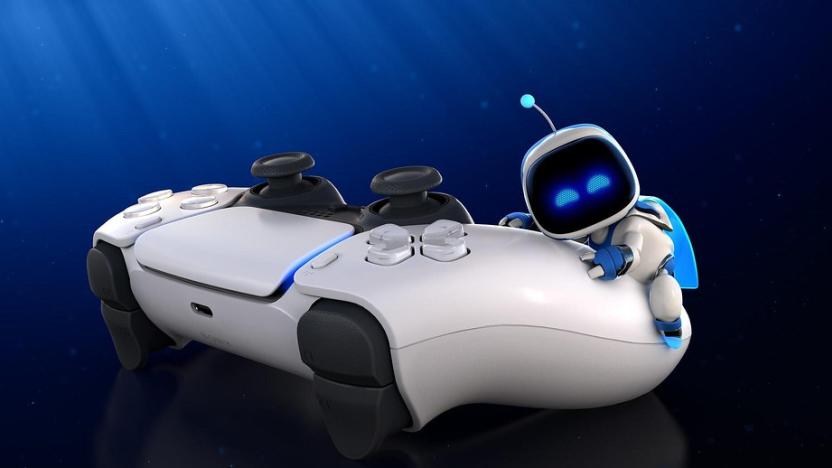
PS5 developers explain how the DualSense controller changes gameplay
Developers share how they'll put the PS5 DualSense wireless controller to use.

This VR system tethers your hands to your shoulders to improve haptics
The researchers claim that the product, Wireality, can better simulate objects in VR.
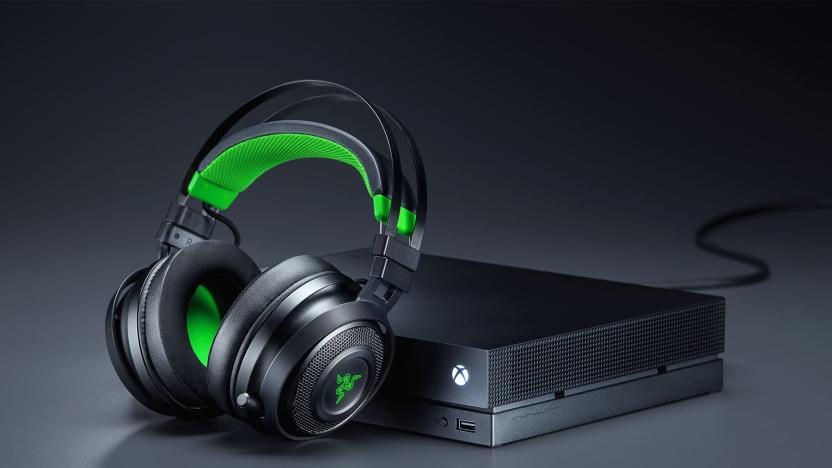
Razer brings its vibrating Nari Ultimate headset to Xbox One
Last September, Razer unveiled a wireless headset called the Nari Ultimate that doubled as a rumble pack. That's right -- in addition to conventional drivers (which by their very nature vibrate), the headphones had haptic actuators in each cup. The only problem? They were designed specifically for PC players. The headphones technically worked with Xbox One but you had to rely on a traditional 3.5mm jack. Well, today that all changes with the Razer Nari Ultimate for Xbox One. As its name implies, this version brings the full head-rumbling experience to Microsoft's family of consoles. Like the original, these headphones offer HyperSense-branded haptics by Lofelt, a German company that also worked on the Basslet wearable and a rumble module for Teenage Engineering's OP-Z sequencer and synthesizer. The vibrations work with "any Xbox One game," Razer claims, to create "an immersive in-game experience." That means they'll emphasize subtle footsteps, heart-stopping explosions and other dramatic audio cues. Some will scoff at the idea -- we don't blame you, it's an understandable reaction -- but reviews for the original Nari Ultimate were positive. If you want to give the Xbox version a shot, it's launching today for $199.99/€219.99. The headphones will be competing with the impressive but haptic-free SteelSeries Arctis 9X, Razer's older Thresher headsets, and the plethora of wireless Turtle Beach headsets that dominate bricks-and-mortar stores.

Razer's 'Hypersense' vibration tech shakes your whole gaming rig
When Razer released its Nari gaming headset this past fall, it brought haptics, or vibration feedback, to a new realm: your head. I'm not sure anyone was asking for that, but if the idea of adding some haptic feedback to your favorite games sounds appealing in any way, Razer my soon have the product(s) for you.
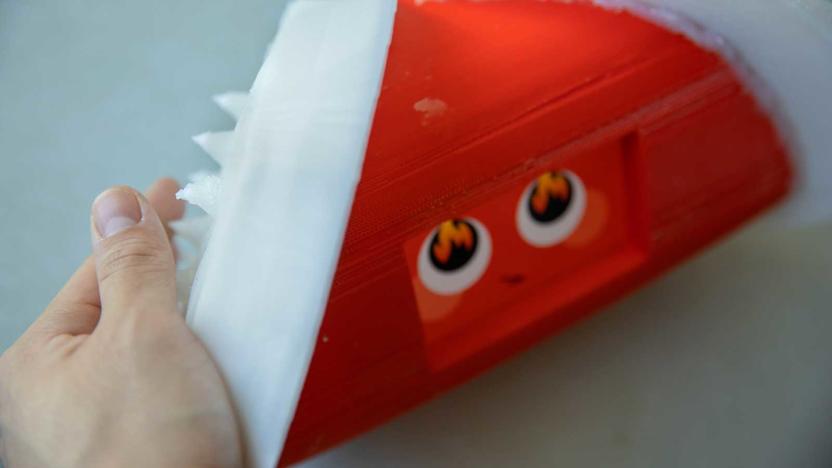
Emotional robot uses goosebumps to show how it's feeling
Sure, a robot can show how it's feeling (insofar as a robot can feel) with its face, but that's not the only way living beings do it. Humans have their goosebumps, for instance, while cats and dogs will raise their fur. Cornell wants to bring that nuance to synthetic beings. Its researchers have crafted a robot that uses a soft, adjustable skin to provide a tactile indication of a robot's emotion -- as the university put it, you can feel its feelings. It may develop goosebumps if it's happy, spikes if it's angry, or just a timid response if it's sad and needs a hug.
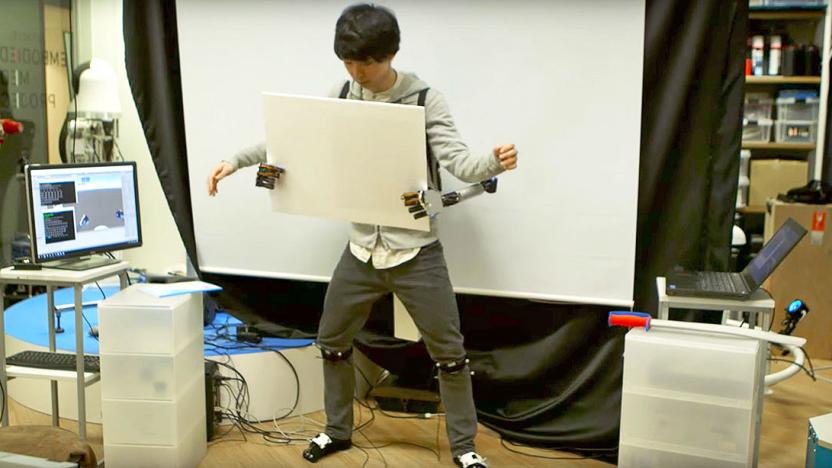
Adding a second pair of arms is as easy as putting on a backpack
There's only so much you can do with two arms and hands. That's basic science. But what if you could add extras without the need for ethically shady surgery or trading your apartment for a hovel in the shadow of a nuclear power plant? That's what researchers from Keio University and the University of Tokyo hope to achieve with their "Metalimbs" project. As the name suggests, Metalimbs are a pair of metal, robotic arms that doubles the amount of torso-extremities and worn with a backpack of sorts. And unlike thought-powered prosthetics we've seen recently, these are controlled not with your brain, but your existing limbs. Specifically, your legs and feet.

A haptic wristband could help the blind 'see' the world
Technology to help the blind navigate usually focuses on replacing the sight they're missing or by adding auditory cues to an already cluttered soundscape. But for many sight-impaired individuals, the sense they rely on most is one that tends to be ignored by a lot of tech-based solutions: touch. It's a subtle way to convey a lot of information, and the design company WearWorks is looking to take advantage of this with its new haptic wristband, guiding people around via simple vibrational cues.

Finally, a haptic display that might be worthwhile
Back in 2011, tactile displays were thought to be the next big thing in mobile computing, since you can't feel anything from glass-fronted smartphones. Tanvas, a startup out of Northwestern University, is looking to change all of that with its prototype haptic display. It's a system that can theoretically bolt onto any existing touchscreen, although some of its most exciting uses may not be on a smartphone (or tablet).

Microsoft Research has two types of touch for VR haptics
Virtual reality is one of the most immersive technologies available today. That is until the illusion shatters when you instinctively reach out to touch something and are met with a one-size-fits-all haptic response or no feedback at all. Microsoft Research (PDF) might have the solution to that. Rather than air-based haptics like we've seen before, "NormalTouch" and "TextureTouch" use handheld devices to simulate touching things while in VR -- no bodysuit required.

The OmniWear Arc is a haptic neckband for serious gamers
There's a lot to keep track of in a game like Counter-Strike. You need to know your location, where your teammates are, your ammo supply and most importantly -- where your enemies are. With all these sights and sounds coming at you, it's easy to miss something, which is why OmniWear is looking to offload some of that cognitive load to another sense: touch. The Arc neckband, launching on Kickstarter today, vibrates to let you know where your opponents lurk, ensuring you don't miss a thing.

How about a nice hot cup of virtual tea?
Electronics company ALPS tests (and manufactures) all kinds of things. But its virtual cup, made possibly by haptic technology and heat transmission, is the electronics manufacturer at its weird best. The cup, which is the size of a typical tumbler, is able to transmits a material's tensile strength and even the temperature of your beverage of choosing. That is, as long as it's cold water in a plastic cup or hot tea in a mug. As you tilt it, you feel the weight of the cup shift, and hear the water slosh around. As Engadget's Deputy Tea Editor, I can confirm that the effect is... freaky.

PhD student uses a robot to make VR feel more real
Between the HTC Vive and the Oculus Rift, we've come a long way towards being able to step in to virtual worlds -- but touching those false realities is a different matter. Solving this means finding a haptic technology that can adapt to needs of a constantly changing virtual environment. One PhD student's solution? Use a robot arm.

Shape-shifting interface lets you touch computer simulations
Researchers want us to better interact with machines via screens and VR, but let's face it, we humans like to touch real objects. MIT's Tangible Media Group has been playing with that idea for awhile now with projects like InForm, an uncanny telepresence interface. It has now taken it further with Materiable, a shape-changing interface that lets you see and even touch physical simulations. The idea is to let users visualize and interact with materials or mathematical models of things like earthquakes and landslides.

Microsoft thinks disorientation is the key to touch in VR
To manipulate virtual objects in VR, you have to use an Oculus Touch or other "virtual wand" controller like some kind of hands-off, digital tong. To get an actual "haptic" or touch experience, you need real objects, but it's computationally challenging because the system needs to precisely track each one. Researchers from Microsoft, USC and the University of Waterloo have discovered that by manipulating how you see your body and the world in VR, they can make you think that a single physical object has magically multiplied.

Sony shows off its first set of weird and wild Future Labs prototypes
Last week, Sony took the wraps off its Future Lab initiative -- an R&D arm of the company showing off early prototypes of products and gathering feedback to help shape their development process. Today at SXSW, Sony showed off some of those prototypes to the press. As expected, the company had a new type of wearable to show off. It's called "Concept N," and its arc-like design reminded me of some Bluetooth headphone sets out there -- but the device is quite a bit different from a simple pair of headphones.













